Discover how AI is used today and how it will augment human experience in the future

Innovation comes in all shapes and sizes. Business value though, lies in translating ideas into production.
Discover how AI is used today and how it will augment human experience in the future

Innovation comes in all shapes and sizes. Business value though, lies in translating ideas into production.

The public sector is finally changing. Artificial intelligence is gradually finding its way into its administrative structures.
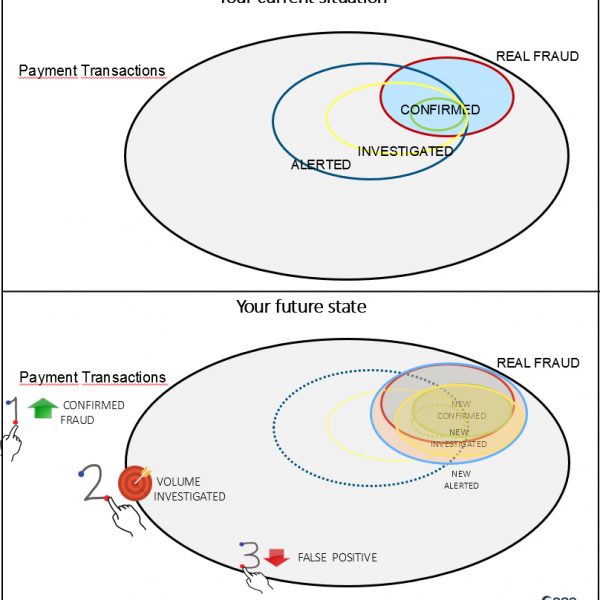
According to the Price Waterhouse Cooper 2018 Global Economic Crime and Fraud Survey, the reported rate of economic crime is on the rise, up to 49% in 2018. That makes the use case I want to share particularly relevant, no matter what industry or sector you're in. This use case

Sabe o que está a causar defeitos nos produtos da sua fábrica? Sabe avaliar os prejuízos provocados por esses defeitos e que factores os influenciam? Sabe quais os parâmetros da máquina que têm maior influência na ocorrência desses mesmos defeitos? Estas são algumas das questões e dúvidas que muitas fábricas

I have a clear view on the potential of AI: the true value of AI lies in helping banks to know and understand their customers.

It’s imperative that banks embrace technology - driven changes, break down barriers to change and disrupt themselves digitally.
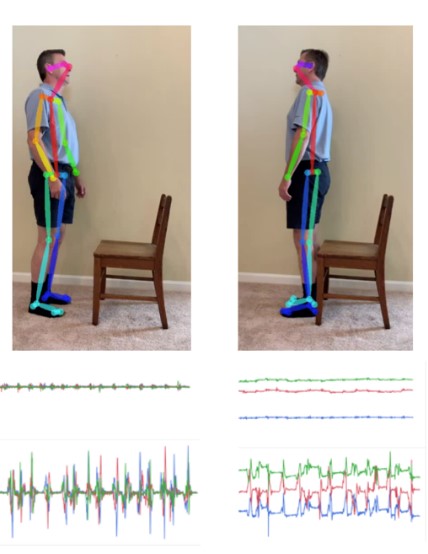
I suffer from arthritis. You can tell just by watching me walk: Depending on the day, I have a slight limp, which varies in severity based on a number of factors such as the time of day and recent physical activity. Years of treatment for my condition have shown me

How to address insurers' challenges by providing AI and machine learning to streamline a customer centric pricing process.

Edge computing allows businesses to handle thousands of data points and interactions rapidly and immediately, in real time.

The “last mile” is well known in telecommunications and supply chains. Now we face it in the analytical world as well. Read why!

SASChat - Innovation@scale on 14 November. A vivid twitter discussion on how innovation projects become revenue generating services.
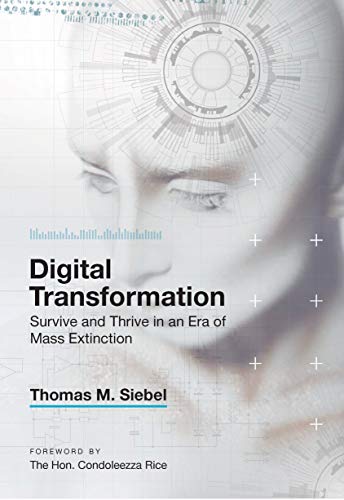
Two pieces of advice stood out for me in Tom Siebel's book: re-educate your leadership team and pick your partners carefully.
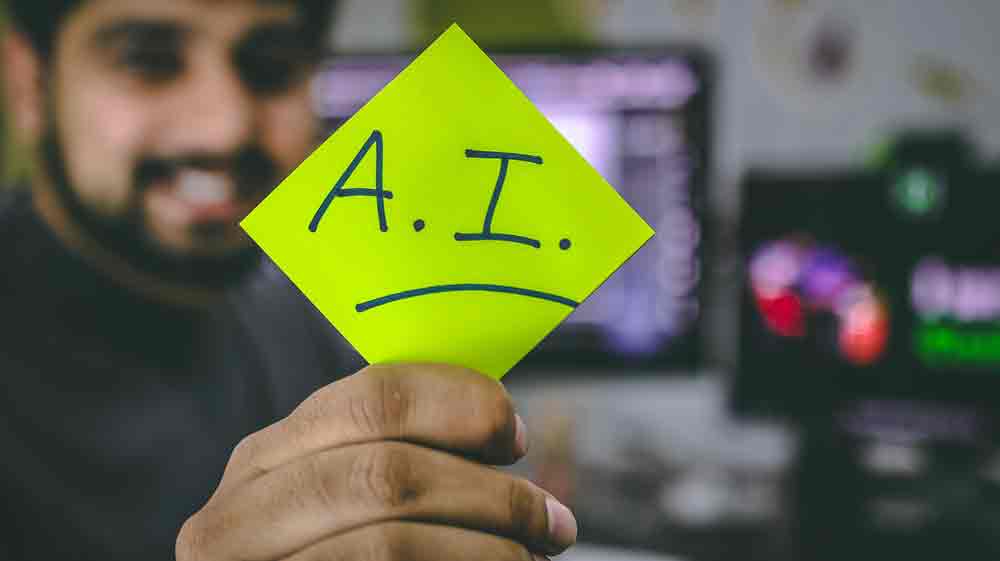
Vivemos um tempo onde, quer nos sectores produtivos da nossa economia, quer em toda a área de prestação de serviços, se tem vindo a perspectivar a introdução de novas tecnologias de automatização de tarefas. Os avanços científicos e a maturidade de conhecimento que foram sendo alcançados num conjunto vasto de

Por Juan Sebastián Niño Customer Advisory Analytics SAS Colombia En Colombia, y probablemente en toda América Latina, existe un juego para niños llamado Policías y ladrones. Dentro del juego, un grupo de niños son los ladrones y el otro grupo son los policías. Mientras que los ladrones deben correr a

Estimations suggests that 65% of children entering primary school now will be doing jobs that do not yet exist.

Thanks to recent advances in Artificial Intelligence (AI) and deep learning, image recognition has become a reality.
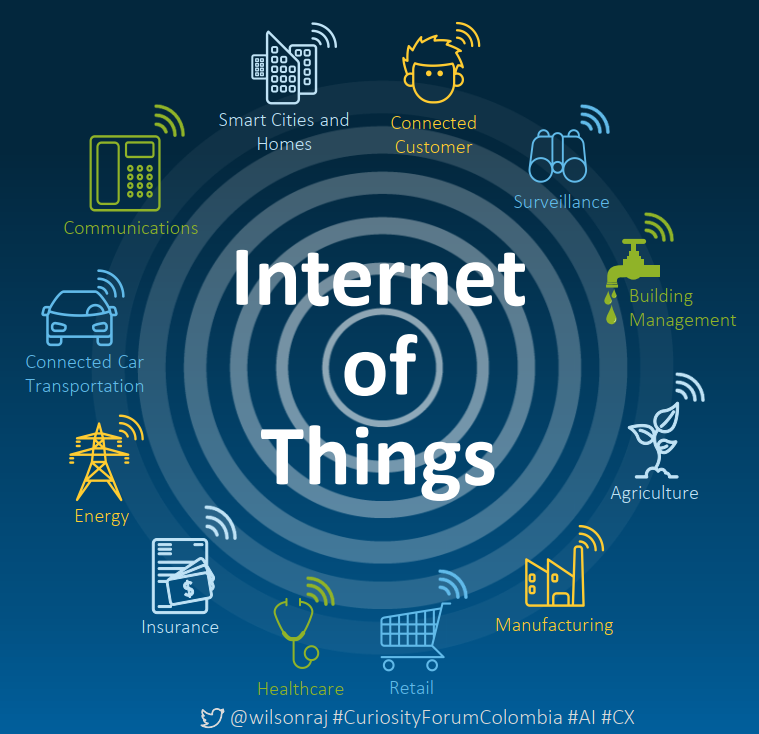
Por Sandra Hernández *Post basado en la presentación de Wilson Raj en SAS Forum Colombia “No sé qué decir en realidad. Tres minutos para la mayor batalla de nuestras vidas. Todo se reduce a hoy: o nos jugamos como equipo o nos desmoronamos. Jugada a jugada, pulgada a pulgada hasta
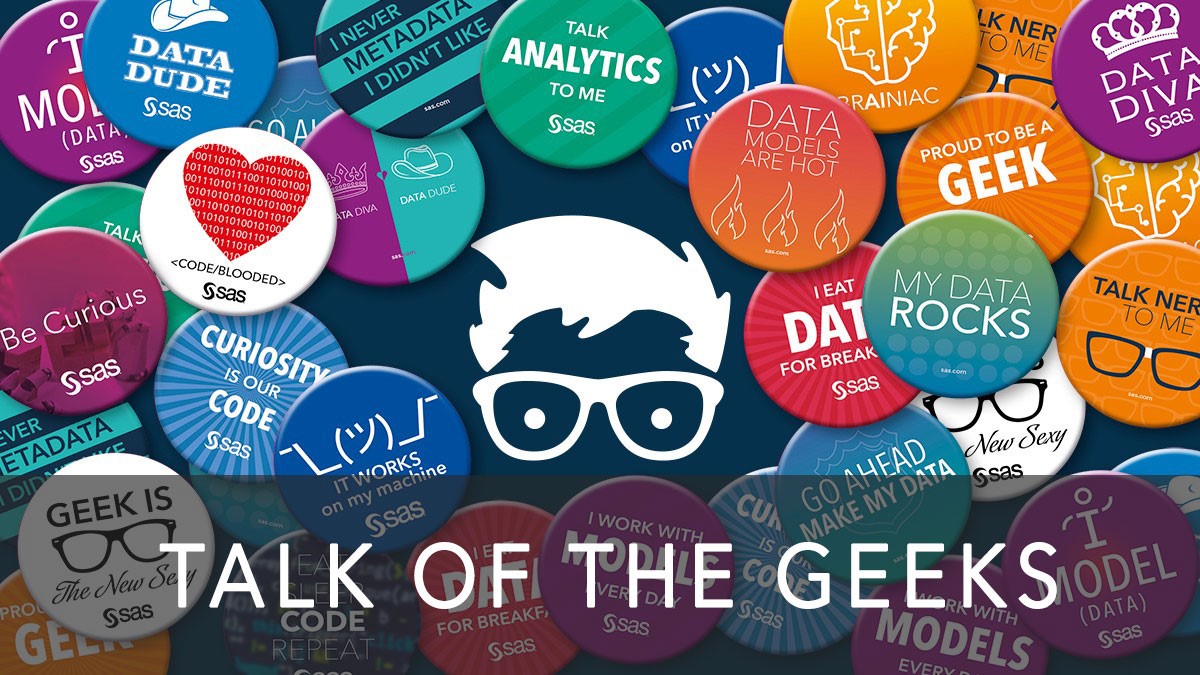
Nowadays, geeks are increasingly cool, and we’re all proud to let our inner geek out in public. This wasn't always so ...
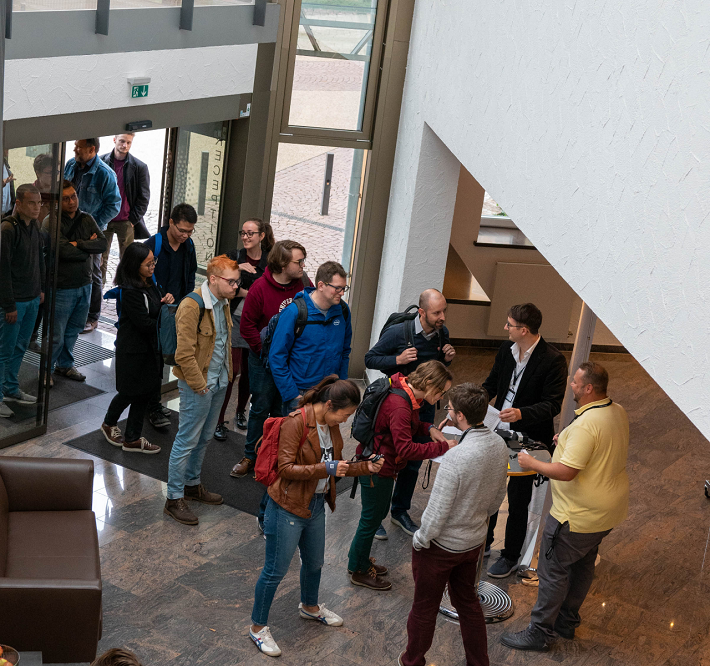
Die PyData-Südwest-Gruppe hatte zum 3. Meetup mit über 100 Gästen bei SAS in Heidelberg eingeladen.
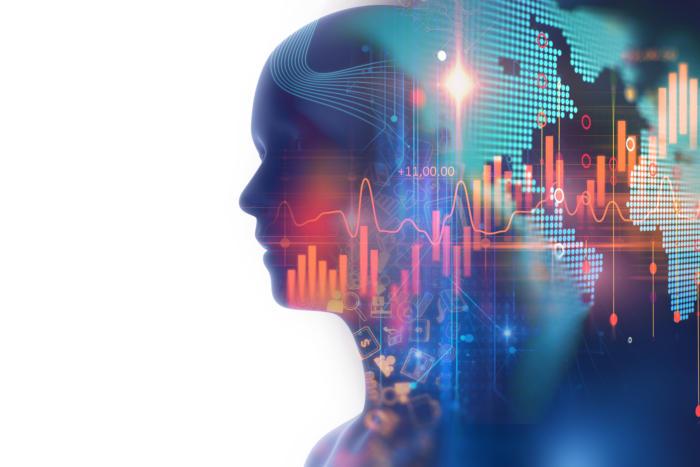
*Post basado en la presentación de Andrés Villa en el SAS Forum Colombia ¿Por qué muchas personas y empresas están hablando de Inteligencia Artificial (IA) hoy en día? Probablemente porque es tendencia en todo el mundo, pero también por su impacto, ya que es una de las tecnologías exponenciales que

Interview with Line Lyst about how to ensure innovation at Ramboll while taking care of business as usual.
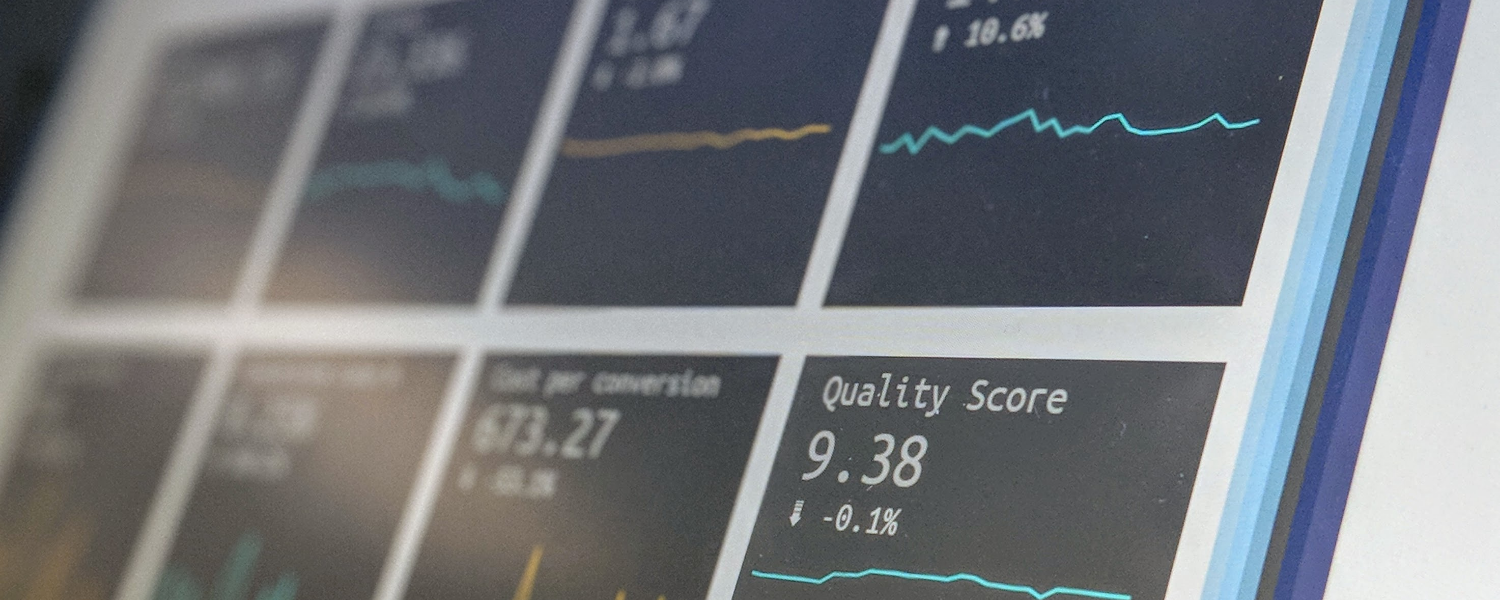
"Senior managers adore their dashboards. Are they really capable of understanding what they indicate? I have my doubts!"

"Artificial intelligence? Creates jobs? I admit it is far more usual to hear apocalyptic predictions that AI will destroy jobs. Is that true?"

Anyone who might have stumbled across my previous musings will already know that I am a great fan of studying the history of technology and its evolution. And where we might indeed be in the not too distant future. I’m of course a proper sci-fi nut, avid (and my wife
Künstliche Intelligenz (KI) scheint heute die Zauberformel für alles zu sein: Automatisierung, Selbstoptimierung oder Kundenkommunikation. Doch hier lohnt es sich, kurz innezuhalten und zu fragen: Braucht Marketing KI denn wirklich? Oder ist es manchmal nicht besser, wenn der Chatbot schweigt? Hört man sich unter Softwareherstellern um, bekommt man den Eindruck,
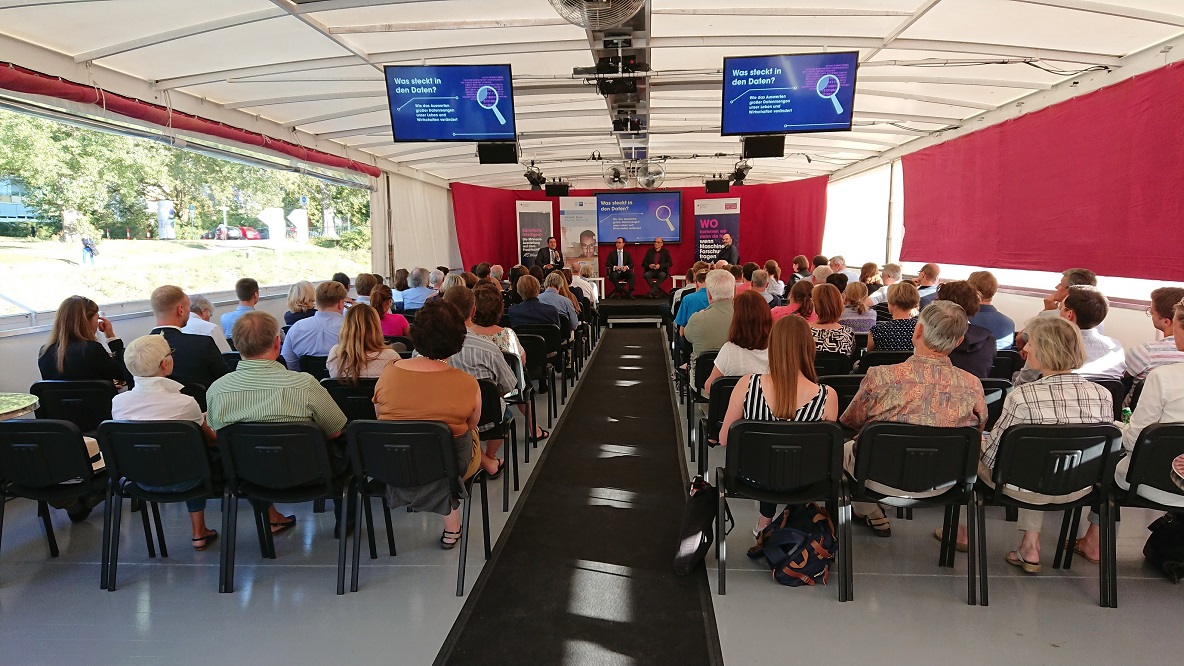
Wenn sich Experten über Künstliche Intelligenz unterhalten, wird es schnell technisch und häufig auch euphorisch. Eine positive Grundstimmung dominiert, vor allem unter den Experten, die mit dem technischen Fortschritt auf irgendeine Art und Weise Geld verdienen. Anders ist es, wenn ganz normale Menschen zu diesem Thema ins Gespräch kommen. Dann

Sibos 2019 kicks off in London in three weeks, and the theme for this year is "Thriving in a hyper-connected world." The market has long demanded quicker and more convenient payment methods, and the industry is now answering with ubiquitous payments. Yet at what cost? PSD2 and open banking are

Todos los datos que una empresa ha acumulado a lo largo de los años cuentan algo más que su historia – pueden revelar cosas como qué productos son los más vendidos, cuántos clientes nuevos se sumaron y su nivel de satisfacción, qué transacciones se consideraron de riesgo o la efectividad
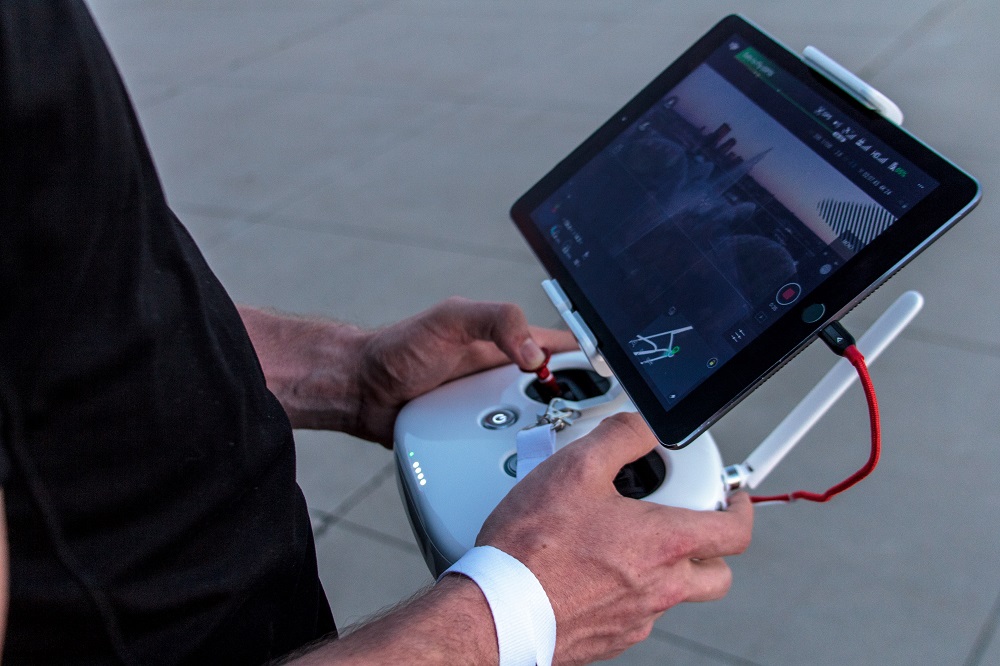
There is a lot of excitement about AI, but somehow the reality is not really living up to the hype. At the moment, we don’t see enough real results or use cases emerging, even though everyone agrees that there is huge potential. I polled some of our experts to find

The startup ecosystem is dynamic and the flow of venture capital into tech is at an all-time high. Billions of dollars are invested in tech startups every year. Many tech startups market themselves as ‘powered by AI’ and pitch investors with buzzword laden phrases such as, ‘we leverage state of